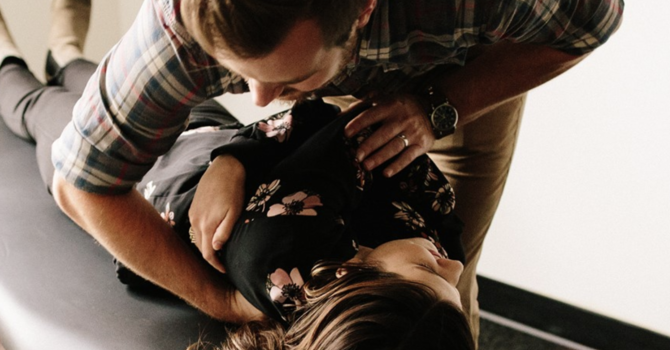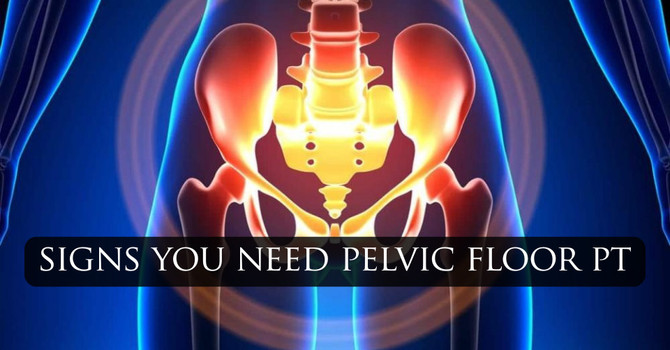10. Hip Flexor Strain
The hip flexor is a group of muscles that assist with the upward movement of your leg or knee. An injury occurs when these muscles are torn or stretched too far. This can occur from having weak muscles, forgetting to warm up, having stiff muscles, or from a fall. The athletes that have hip flexor problems play sports that include sudden upward movements or changes in direction. Those sports include martial arts, football, soccer, and hockey.
Pain, spasms, bruising and swelling can be expected where the hip meets the leg. A minor hip flexor injury can be healed at home with rest, ice and pain medication that includes an anti-inflammatory. A physical therapist may recommend specific hip-strengthening exercises. If the pain doesn’t go away in two weeks, you should see a doctor for a possible torn hip flexor.
9. ACL Tear
The ACL or anterior cruciate ligament, connects the leg bone to the knee. The act of suddenly stopping and changing directions or a hard impact to the side of the knee can cause a strain or tear of the ACL. These are one of the most severe sports injuries, but not the most common. A completely torn ligament requires surgery and may cut an athletic career short. If you think you might have an ACL injury, see your doctor immediately.
8. Concussion
Concussions are brain injuries that happen when there is a significant hit to the head. While not all concussions result in a loss consciousness, they do often include nausea, difficulty concentrating, loss of balance, dizziness, amnesia, disorientation, headaches and other symptoms. Athletes who participate in contact sports like football, wrestling, hockey, boxing, and soccer most commonly get concussions. Gymnasts and skiers are also at risk.
It takes about two weeks to a month for a concussion to heal, which is accomplished by resting. The headaches associated with concussions can be subdued with acetaminophen. Receiving multiple concussions can cause permanent damage to the brain. Returning to a contact sport too quickly can result in second-impact syndrome, which is a fatal condition caused by receiving another concussion before the first one heals.
7. Groin Pull
The inner thigh muscle is also called the groin. The muscles in the groin are situated like a fan and are used to help pull the legs together. Sports that require moving in a side-to-side motion like hockey, football, soccer, and baseball, have high instances of groin pulls.
These injuries can cause bruising on the inside of the thigh and can take one to two weeks to heal with compression, ice and lots of rest. If there is any swelling around the groin injury, make sure to get checked out by a doctor. Be cautious not to return to normal activity too fast, or you may cause significant problems. Groin pulls can be prevented with proper stretching.
6. Shin Splints
Shin Splints are known for shooting pain down the front of the leg. While it happens most often to runners, shin splints can also occur in people who aren’t used to exercising or who have increased their exercise intensity too quickly. Sometimes shin splints can be a result of a stress fracture in the bone. If resting doesn’t help the pain go away, it’s important to see your doctor and make sure you don’t have a stress fracture. Minor shin splints can be improved with ice, rest and over-the-counter pain medication. Wearing proper shoes, stretching and knowing your limits can help prevent shin splints.
5. Sciatica
Sciatica, which is lower-back pain that reaches down into the legs, can affect athletes who participate in cycling, running, golf, tennis and baseball. Bulging discs and back spasms are other types of lower-back pain that athletes often endure. Sciatica is most commonly caused by improper stretching, but runners can also experience it if they have one leg that is slightly longer than the other. Sciatica and bulging discs require quick medical attention from a doctor, but back spasms can be treated with rest, ice and anti-inflammatory medication.
4. Hamstring Strain
A strain is a muscle or tendon injury. There are three muscles behind the knee that make up the hamstring. They are most often “pulled” when an athlete is overusing or overstretching the muscle. The pain is caused by tears in the muscles or tendons. Sometimes bruising can occur in pulled hamstrings. Activities like hurdling or falling forward while waterskiing are all common causes of a hamstring strain.
Forgetting to warm-up and lack of flexibility can lead to pulled muscles, especially in the hamstring. One way to prevent injury to your hamstrings is by learning to stop when you are tired. The mechanisms that protect your muscles stop working when your muscles are fatigued.
Hamstrings take a very, very long time to heal. Often between 6 and 12 months because walking causes a lot of stress to an injured hamstring. Gentle stretches can greatly help hamstring strains, as well as resting, ice and anti-inflammatory drugs. If you begin exercising again after pulling a hamstring, stop every once in a while to stretch the muscles. This tip goes for any pulled muscle, as well.
3. Tennis or Golf Elbow
Around 7% of all sports injuries are elbow injuries. Also called epicondylitis, tennis elbow is caused by a repetitive use of the elbow. This repetition creates tiny tears in the elbow’s ligaments. Pain can be experienced on the inside or outside of the elbow, but the outside is the most common. The condition happens in 30- to 60-year-olds.
Rest is the main way to heal this condition. In minor injuries, rest, ice and anti-inflammatory drugs can help improve the elbow. In more persistent cases, a doctor may be needed along with a break from the sport. Forearm strengthening exercises and elbow braces are the best way to prevent elbow injuries.
2. Shoulder Injury
Shoulder injuries, including dislocations, sprains and strains, make up 20% of all sports injuries. Shoulder injuries are caused by overuse. Sports that require overhead movement, like tennis, swimming, weightlifting, baseball, basketball and volleyball, are the most common culprits. Shoulder injuries should be treated with rest, ice, and anti-inflammatory medication. You can prevent shoulder injuries by doing strength-building exercises in the off-season.
1. Patellofemoral Syndrome
About 55% of all sports injuries are knee injuries. Knee injuries also make up 25% of problems treated by orthopedic surgeons. Knee injuries or Patellofemoral syndrome, is caused by the kneecap repeatedly moving against the leg bone. This movement damages the kneecap’s tissues and causes pain. Basketball, cycling, swimming, football, volleyball and running are the most common sports where these injuries occur.
It can take up to 6 weeks for this injury to heal. Low impact exercises are recommended to keep the leg muscles strong. Wearing the right shoes can help reduce the chances of a knee injury. Softer running surfaces like indoor tracks are easier on knees than concrete. Knee injuries should be rested for two days, with ice and anti-inflammatory medicine to help speed the process. Post-injury knees should be properly warmed up before exercise begins and iced for 20 minutes afterward.
Athletics is one of the most popular trends in the United States with professional and collegiate players and coaches often featured in the news. Athletics aren’t without their risks though, because whether you’re exercising for your health or playing a sport, there is always a chance you could get injured. The top 10 sports in the U.S. include activities like football, baseball, basketball and mixed martial arts. Want to know what to expect next time you hit the court? Here is a countdown of the most common sports injuries, from the least common to the most common.



